This is the Gmail password leak that’s got everyone talking and getting worked up. Big numbers, a pretty ugly situation all round, and people are naturally freaking out. The bottom line is: there’s a massive collection of swiped login details – after some scrubbing & removing duplicates, it came in at around 183 million unique email addresses – and yeah, a lot of those are Gmail users. Take a deep breath and calm down, that’s my advice – this isn’t the end of the world.
How the Gmail Password Leak Happened And Why It’s Not a Google Hack
No one is suggesting that Google itself was hacked – this keeps getting mangled in the headlines, but the evidence pretty clearly points to malware siphoning off user info. That’s software that quietly takes up residence on your infected device, scoops up all the goodies – saved passwords, cookies, auto-fill and the like – and quietly ships them off to the bad guys. Then other bad actors go and gather all these pilfered logs and compile them into these massive lists. Google has actually come out to say that reports of a Gmail breach are misleading – the data is coming from these malware collections, not because Google’s got a security hole.
183 Million Email Leak: Inside the Biggest Infostealer Malware Dump of 2025
Some researchers say they found terabytes of data leaked and billions of raw records before normalizing. After cleaning and removing duplicates they found about 183 million unique emails each matched with the site and password it came from. It seems to have a year or more of stolen data attached together, and the amount of data is enormous, think multiple terabytes of text. Some of the accounts were already known in older breaches, but a chunk millions were previously unseen in public breach lists. The scale is what makes this one loud, not because someone cracked Gmail itself.
How to Check If Your Gmail Leaked on Have I Been Pwned (Step-by-Step)
Want to know, pronto? Go to HaveIBeenPwned, which is the place researchers are using to surface these compilations. Type your email into the search box, hit enter, scroll the results, and look for the recent “Synthient / Stealer log” style entry or the Synthient stealer log listing that mentions the 183M normalization. If your email shows up, read the breach details, note which site the password was recorded under, and then assume the password for that email was exposed. Change the password, enable extra protection, and move on. It’s simple, and yes, you should check.
Have I Been Pwned Gmail 2025 – Why This Search Is Exploding Right Now
Because people are scared, and because a single authoritative tool updated with a 183 million-entry normalization gets blasted across social feeds. Add a few headlines that sound like Gmail was “hacked,” and suddenly everyone types “have i been pwned gmail 2025” into search bars like it’s a fire drill. I kinda get it, panic spreads faster than advice. But also, the update flagged many familiar and many new addresses, that mix of old and new makes the story trend hard. People want certainty, and that search gives them at least a yes or no.
Secure Gmail After Password Leak: Enable 2FA, Passkeys, and Strong Hygiene
Do the basics first, turn on two factor authentication, use an authenticator app if you can, SMS is okay if you must. Change any password that showed up in the leak, especially if you reuse it, I think use a password manager so you can have long unique passwords without memorizing them, consider passkeys where supported, they pretty much remove the need for passwords.
Run an antivirus scan on devices, remove weird extensions, update your OS and browser, and use Google’s Security Checkup if you use Gmail a lot. These steps are boring but they work, and they stop credential stuffing dead in its tracks.
Infostealer Malware Passwords: How Thieves Steal Logins Without Touching Google
Infostealer malware is very effective. It infects a device via phishing, fake installers, trojanized apps, or malicious browser extensions, lurks, and harvests stored credentials and session tokens.
Sometimes it grabs addresses and passwords straight from browser autofill, sometimes from locally stored files or password managers left unlocked, and sometimes by recording what you type. Then the loot is funneled to criminal hubs, repackaged, sold, swapped, combined with other dumps, and that’s how an attacker who never touched Google’s backend ends up with Gmail usernames and passwords. The tech is low and brutal, and it preys on small moments of carelessness.
Gmail Password Leak
Alright, so while the headline number is alarming and many Gmail addresses were included. Rather than panic you have to Check HaveIBeenPwned If you pwned then update passwords that are insecure, turn on 2FA or passkeys, clean your devices, and stop using the same passwords. If you follow those steps, I believe you’ll be fine and the next panic attack will be someone else’s concern.
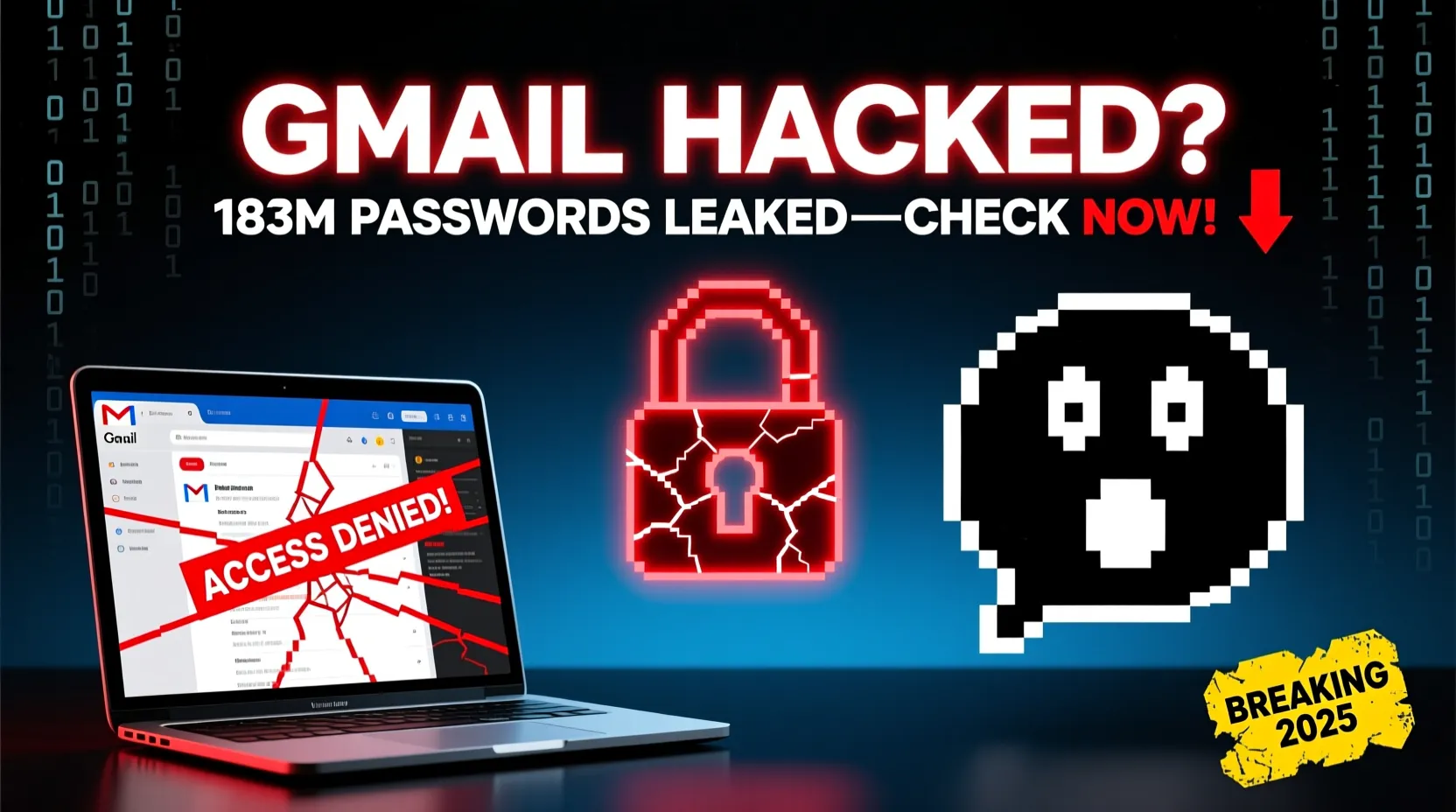
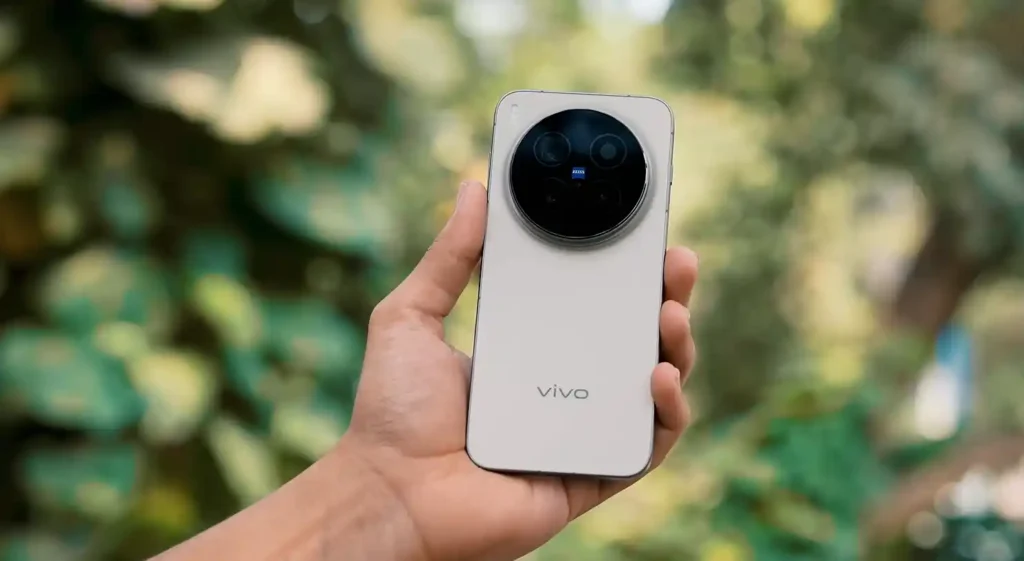
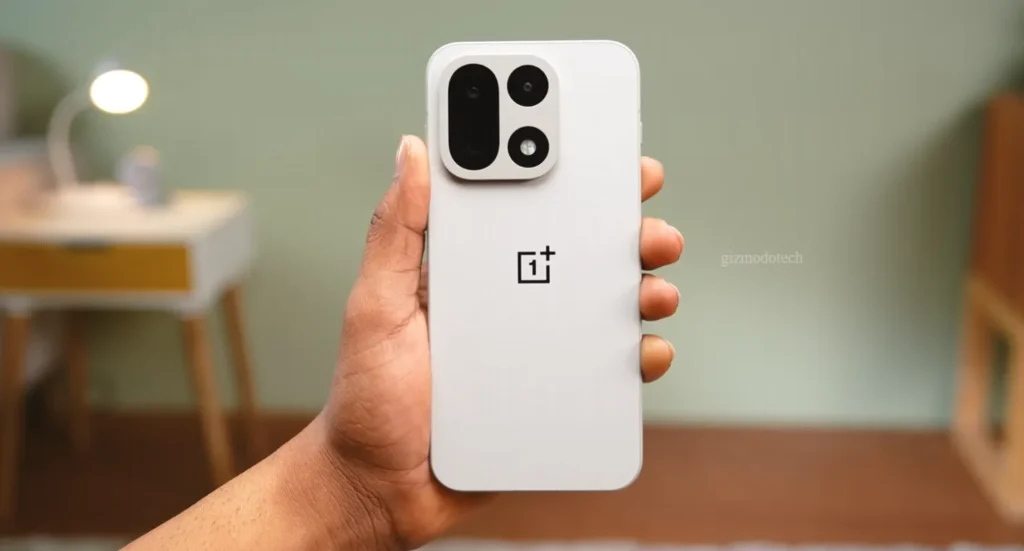
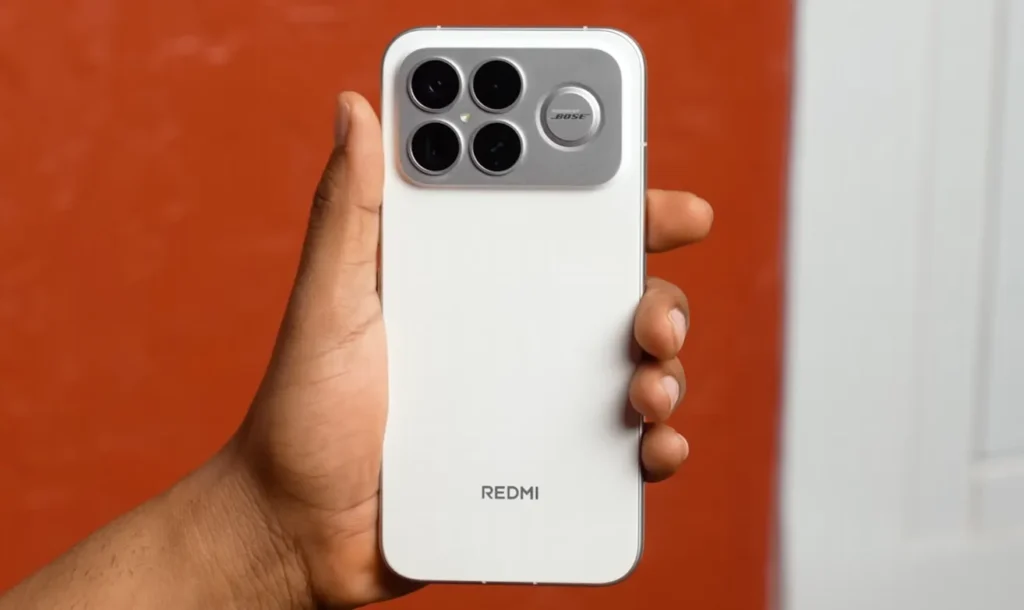





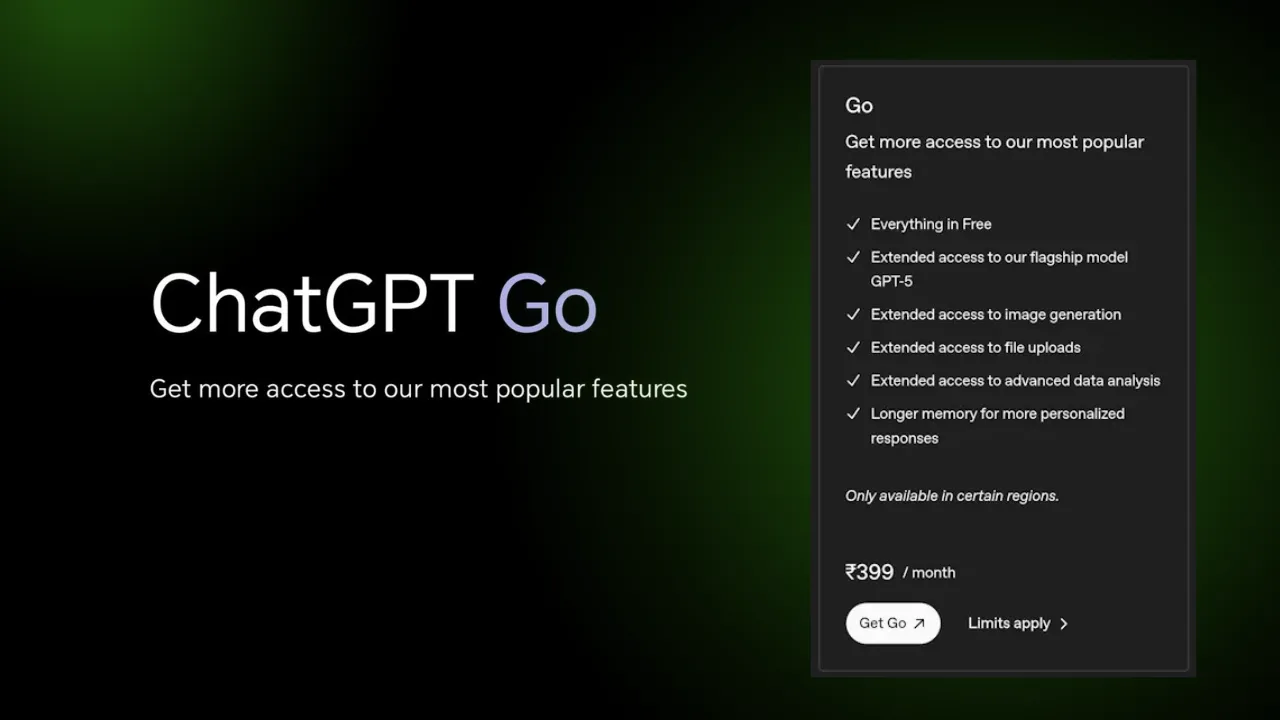

Leave a Reply